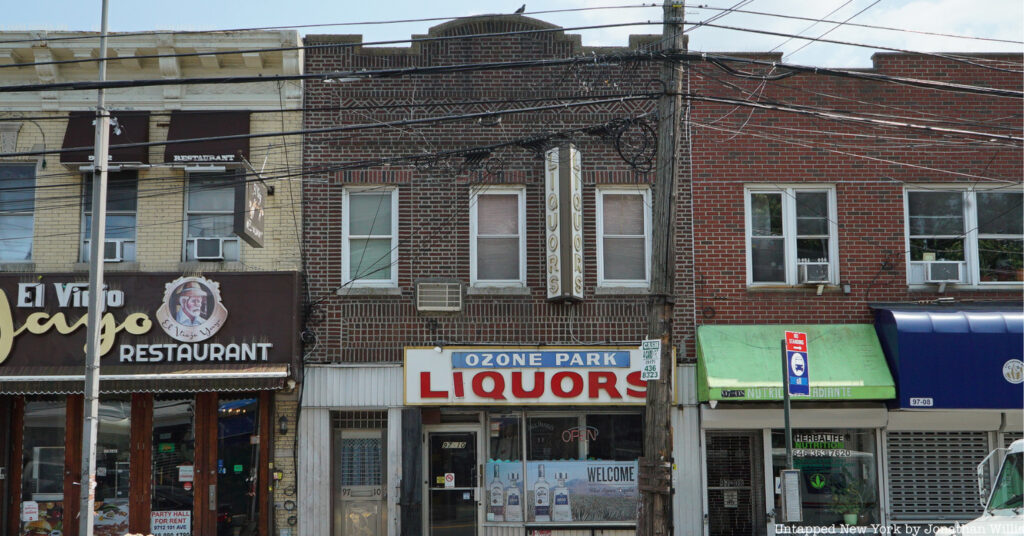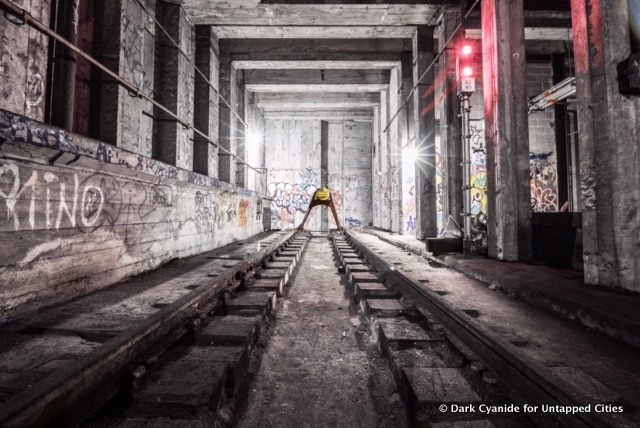
Tucked away between Woodhaven and Howard Beach in the New York City borough of Queens is the neighborhood of Ozone Park. Known for more than just its mystifying name which inspired an album by the band Hollis Brown, Ozone Park is a colorful community full of rich culture, former mafia hangouts, and unique attractions like New York City’s only casino and racetrack. Ozone Park houses 60,000 residents and is the childhood home of many recognizable celebrities. The neighborhood carries a deep history as part of the fabric of Queens dating back to the late 19th century.
1. The “Lost” 76th Street Station

This hidden mystery of Ozone Park is deeply rooted in New York City urban legend. Dubbed the “Roswell” of hidden subway stations by The New York Times, the 76th Street Station supposedly once existed near Pitkin Avenue as an extension of the A Line to 229th Street in Cambria Heights. The plan for the station’s incorporation was ultimately scrapped and never came to be, leaving explorers and subway buffs questioning its fate. The largest mystery of the entire station, however, is that no one is sure if it ever actually existed.
Spotty evidence has surfaced over the years painting tales of the station’s illusive existence. One such story comes from a 2002 post made by a New York Transit Museum tour guide. The post offers a “detailed history” of the station’s 1948 one-month run that ended in a city cover-up, as it had been built by non-union workers. The station was then allegedly sealed off in 1952 and forgotten amongst the sea of other lost NYC subway stations. While this story appears compelling, skeptics couldn’t help but notice it was posted on April Fool’s Day.
The New York Times even dug so deep into the conspiracy when it interviewed former transit worker and police officer Steve Krokowski who swears the station existed. After being questioned online vehemently, Mr. Krokowski donned a safety vest, grabbed a shovel, and attempted to dig below the concrete wall to find the railroad’s remains. He claims to have found a part of the rail’s continuation but his hole caved in, causing him to cease his noble efforts. The stubborn believer’s additional evidence includes the accounts of many who have supposedly seen the station (though many of these people are now unfortunately deceased or uncontactable), and that a light board at the control room in Euclid Avenue Station reportedly had a part labeled “76th Street.” That section of the board has since been hidden under black tape. A transit official named Joe Raskin confirmed to the Times that was true, though he stands by the indisputable fact that there is no written evidence that the station was ever actually built in the first place. Despite these conflicting sides, urban explorers continue to search for the “lost” 76th Street Station in hopes of being the first to unravel its mystery.





